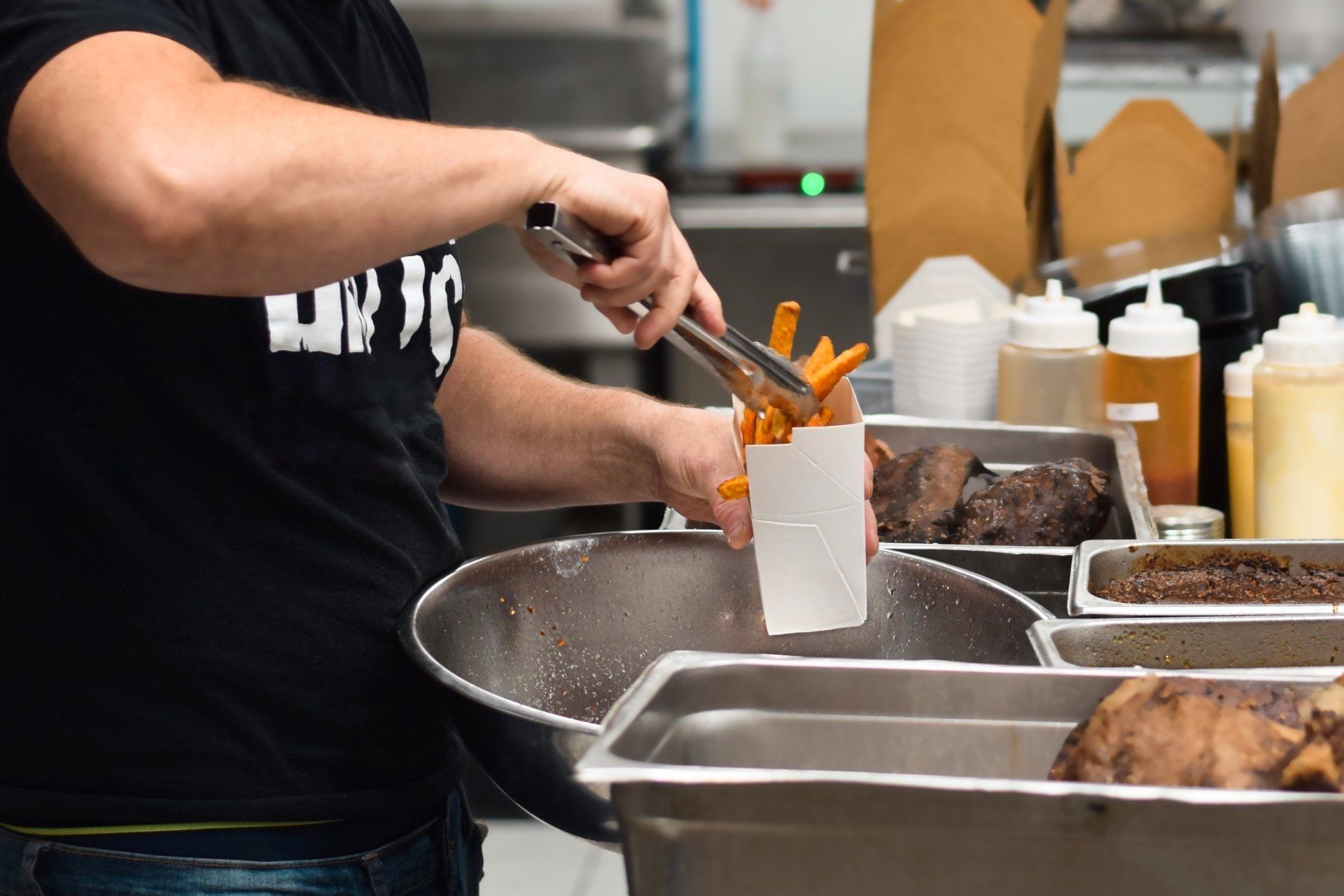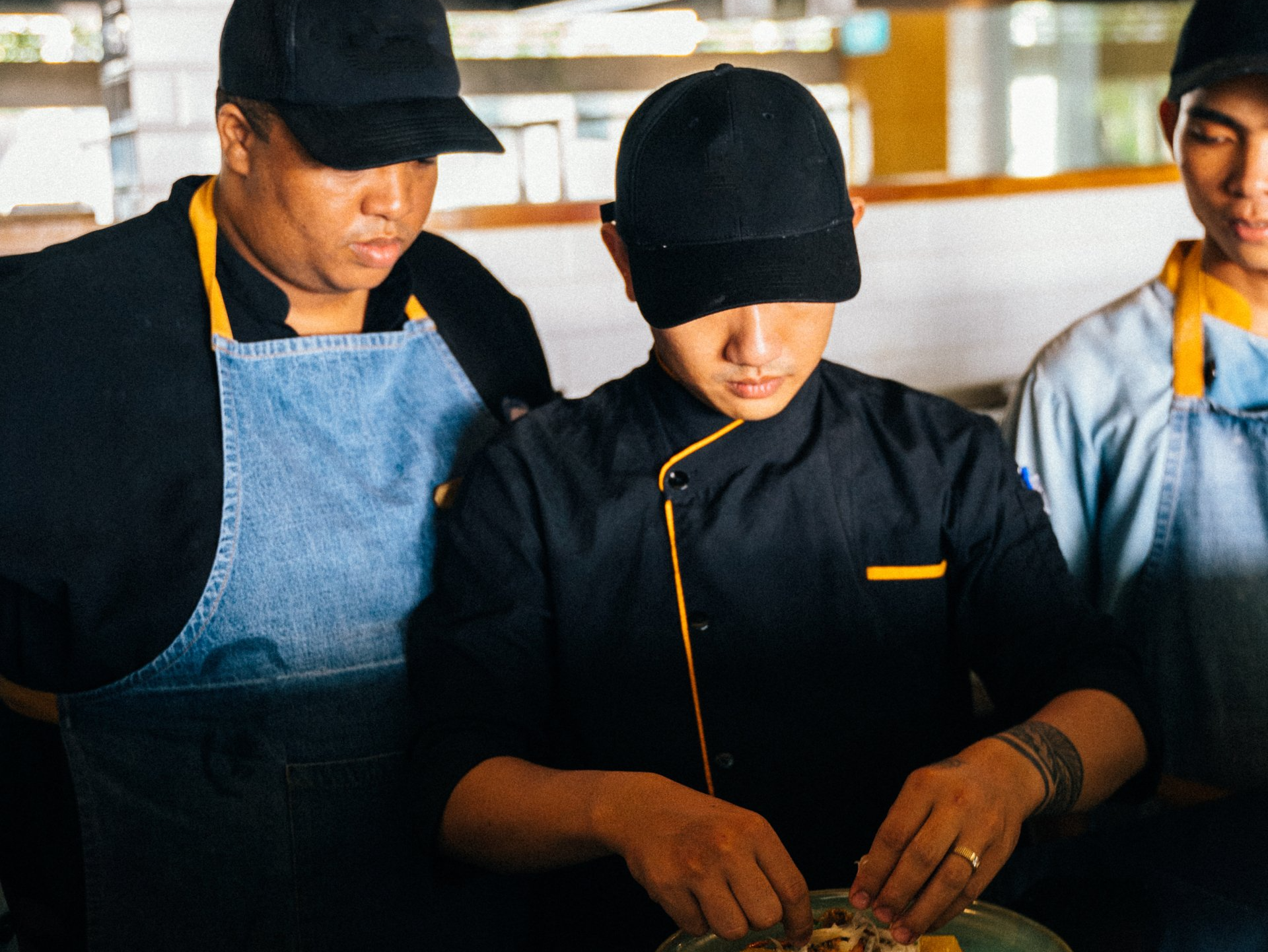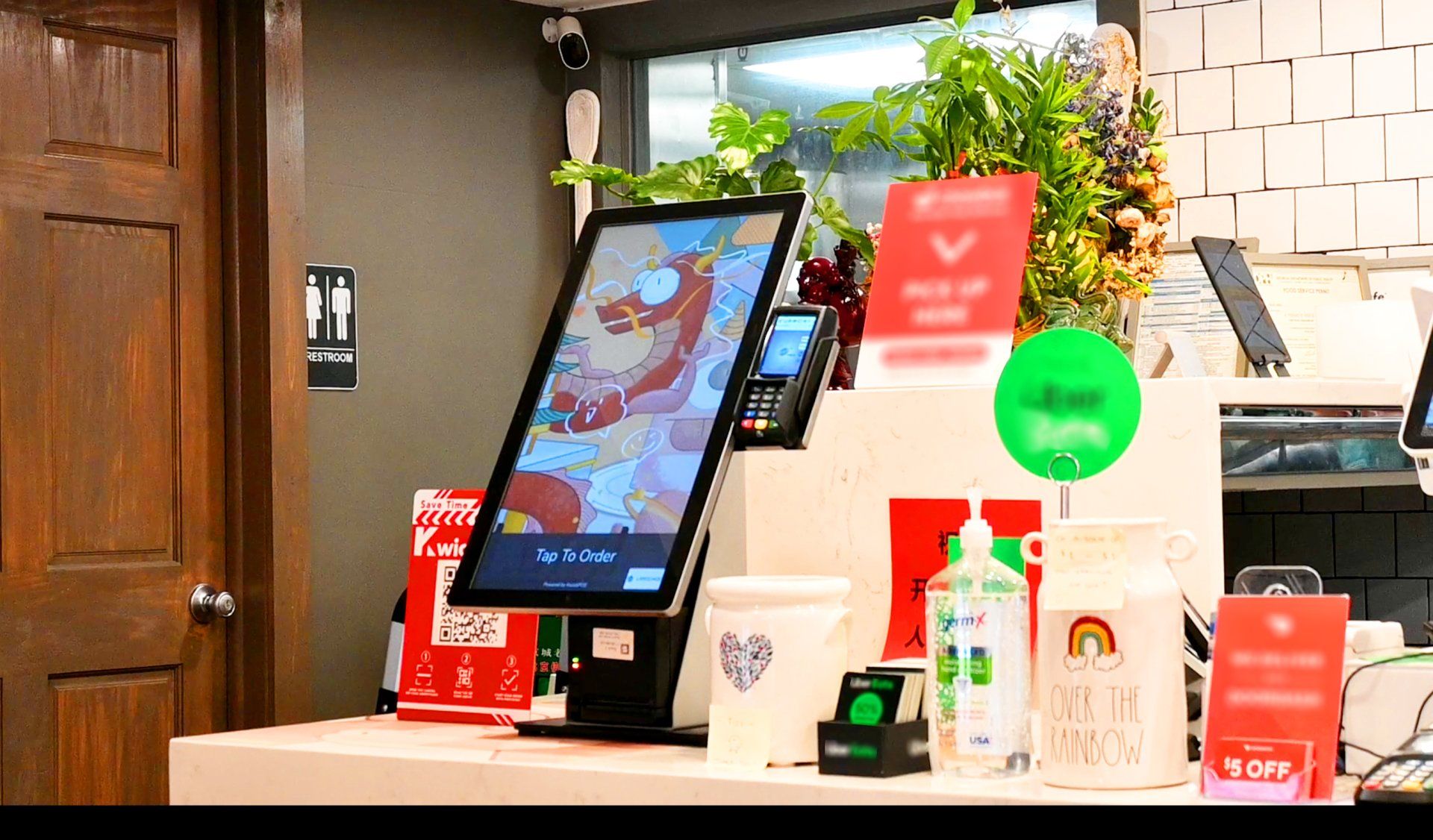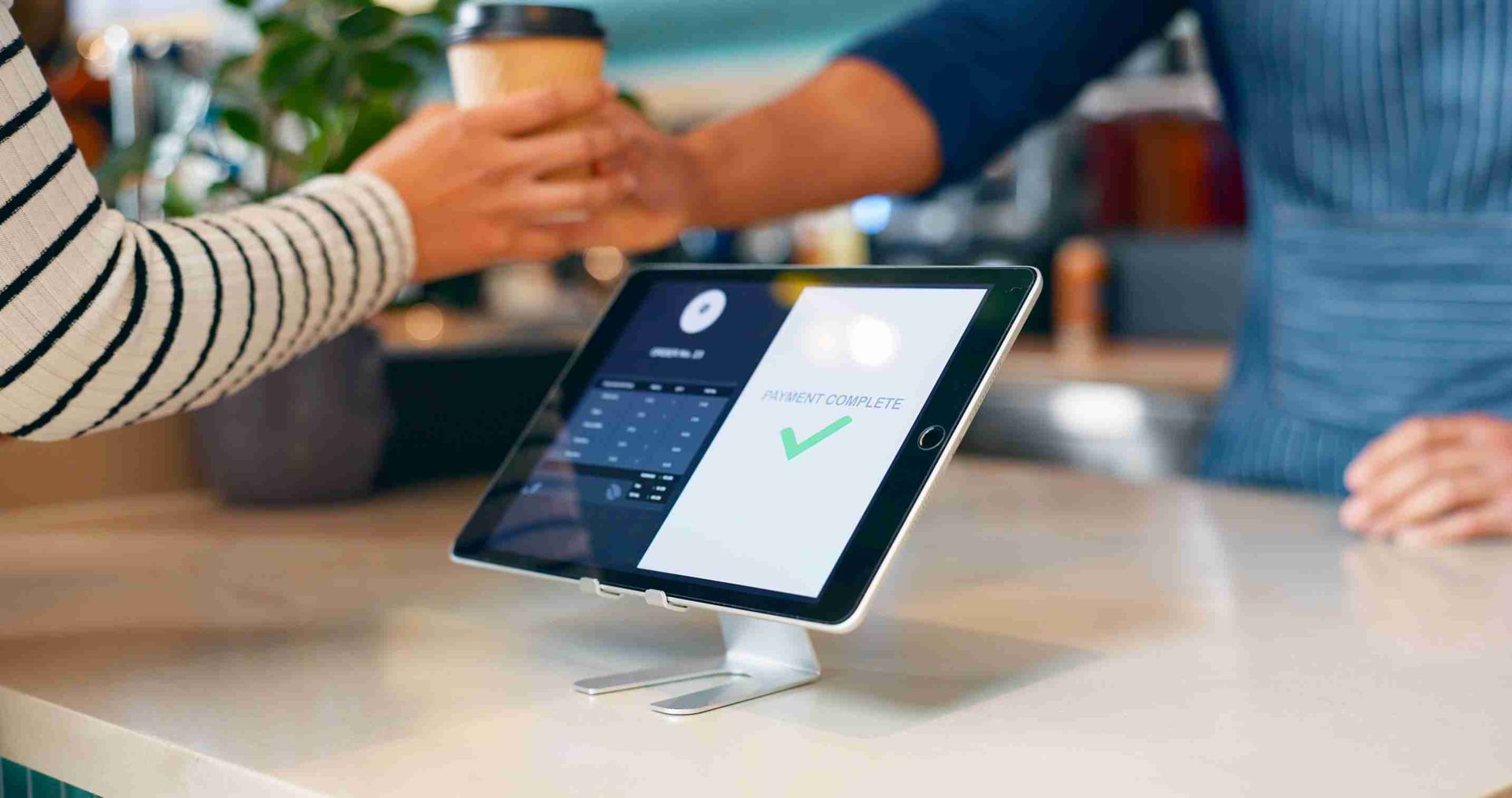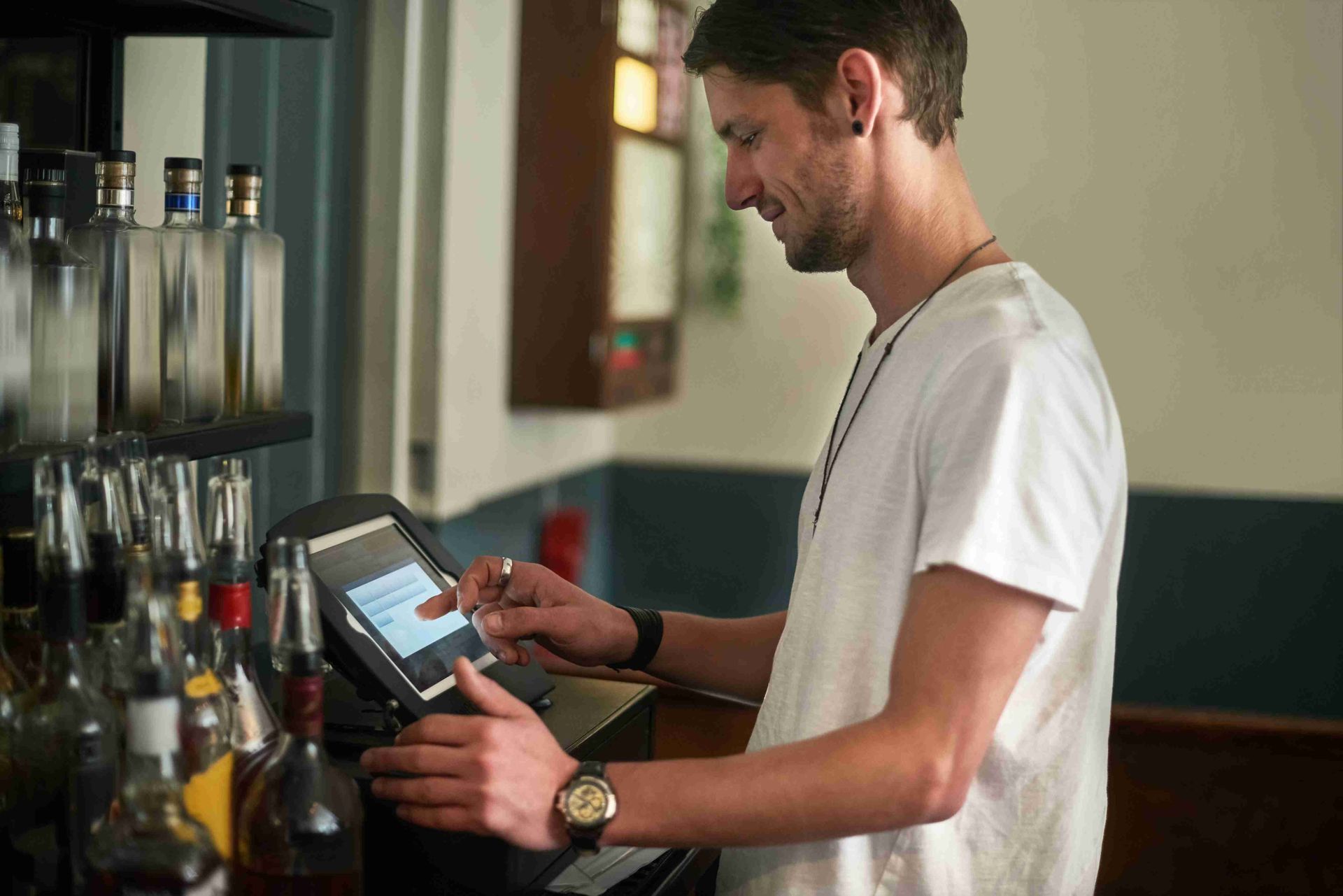California’s FAST Recovery Act tells Restaurants to Unionize or Pay the Price: How this labor bill could impact the entire restaurant industry
DISCLAIMER: This content is for informational purposes only and is not intended to be used as legal, accounting, tax, HR or other professional advice. You are responsible for you and your businesses' legal and regulatory compliance. Contact your attorney, accountant, or any other relevant professional for specific advice related to your own needs and circumstances.
In early September 2022, Governor Gavin Newsom signed a landmark piece of labor legislation for the state of California, empowering restaurant workers with promises of higher minimum wage. Yet, with the possibility of the minimum wage for fast food workers rising to $22/hour in the state of California, many restaurant owners and fast food franchises are feeling threatened by the new bill.
The FAST Recovery Act (AB 257), which comes ten years after the launch of the Fight for $15, was designed to further protect and improve working conditions for workers in non-unionized fast food franchises. As inflation and the standard of living in the U.S. continue to rise, many large corporations have failed to provide livable wages to their workers, inadvertently increasing calls for unionization and a higher minimum wage.
While the FAST Recovery Act is only signed into California legislation, other more labor-friendly states could quickly follow suit. So what does the FAST Recovery Act actually entail? And what does it mean for your restaurant business?
So what exactly IS the FAST Recovery Act?
While the bill may appear to affect all restaurants in the state of California, the truth, however, is a little more complicated. The new legislation applies to non-unionized fast food chains with 100 or more restaurant locations nationwide with fast food restaurants being defined as restaurants that provide food for immediate consumption either on or off the premises. Table service restaurants where you pay after you receive the food are exempt from this bill as well as some bakeries and grocery stores.
Through the FAST Recovery Act, the California state government will appoint a 10 member Council made up of employees, employers, and union activists. This Council will set the minimum wage and working conditions for fast food workers in the state. However, the Council’s proposals will still need to be approved by the California legislature along with the state’s Occupational Health and Safety Administration before any changes are enforced by California law.
What does the FAST Recovery Act mean for your restaurant business?
As employees and labor activists applaud the new legislation, the restaurant industry is less than enthused, claiming that the bill would hurt not only businesses and business owners but hurt the consumers as well. The argument being that the consumer would have to bear the weight of the consequences via higher prices at checkout. Yet, many supporters of the bill argue that exploiting workers with low wages and unsavory working conditions isn’t a socially accepted competitive strategy in the public eye either.
Nevertheless, the enactment of the FAST Recovery Act could quickly push other states to raise minimum wage or even broaden to include non-franchise establishments. So what does this mean for you and your restaurant? What happens when you don’t want your workers to unionize? How can you afford the higher wages while maintaining your business and keeping prices steady in an already unstable economy?
Automation of your business could be the answer to such concerns. Automation in restaurants is not a new concept. Starting from the first
computerized point of sale systems to vending machines and beyond, automation has always been a part of the modern restaurant industry. Newer innovations such as the
self-ordering kiosk and robot servers have gained popularity over the last few years when labor shortages for all businesses has been an increasingly worrisome problem.
How Restaurant Automation can save your business and help your employees
Self-ordering kiosks, robot servers and similar technologies have been long thought of as problem solvers for labor shortages but that’s not the only problem that can be solved by the addition of such technologies in your business. When the cost of hiring a new employee is too expensive compared to the size and monthly generated revenue of your business, how do you continue to grow your business without being in the red?
Self-ordering kiosks and robot servers only cost a fraction of your staff’s salary. Additionally, they can help your current employees with efficiency and reduce overall mistakes created by human error. Your staff can put their efforts towards other more productive tasks, you can put your money towards improving your business while automated restaurant technology can pick up the slack.
Consumers and their buying patterns have also shown that they are preferring a more automated restaurant experience, with over 60% of customers preferring to order self-ordering kiosks. As the pandemic wanes and people are returning to patronize businesses in person, the change to automated ordering may be more welcome than ever.
Additionally, with newer technologies like robot servers beginning to enter the restaurant industry, they pose great opportunities for marketing in an increasingly
digital marketing forward environment. Seeing more high tech restaurants on social media platforms and search engines like
Google, could further influence new customers to patronize your business. Nevertheless, it is without doubt that automation in a time of economic strain and strife may not just save your business, but improve it for a consumer base that is only growing younger.
By Livie Wang
Livie Wang is based in Atlanta, GA and has a background in marketing and branding. With many years of experience in the restaurant and retail industries, she brings forth a personalized view on the issues these industries face. She has been a regular contributor to the ZBS Blog, News and Resource Center since 2021.



